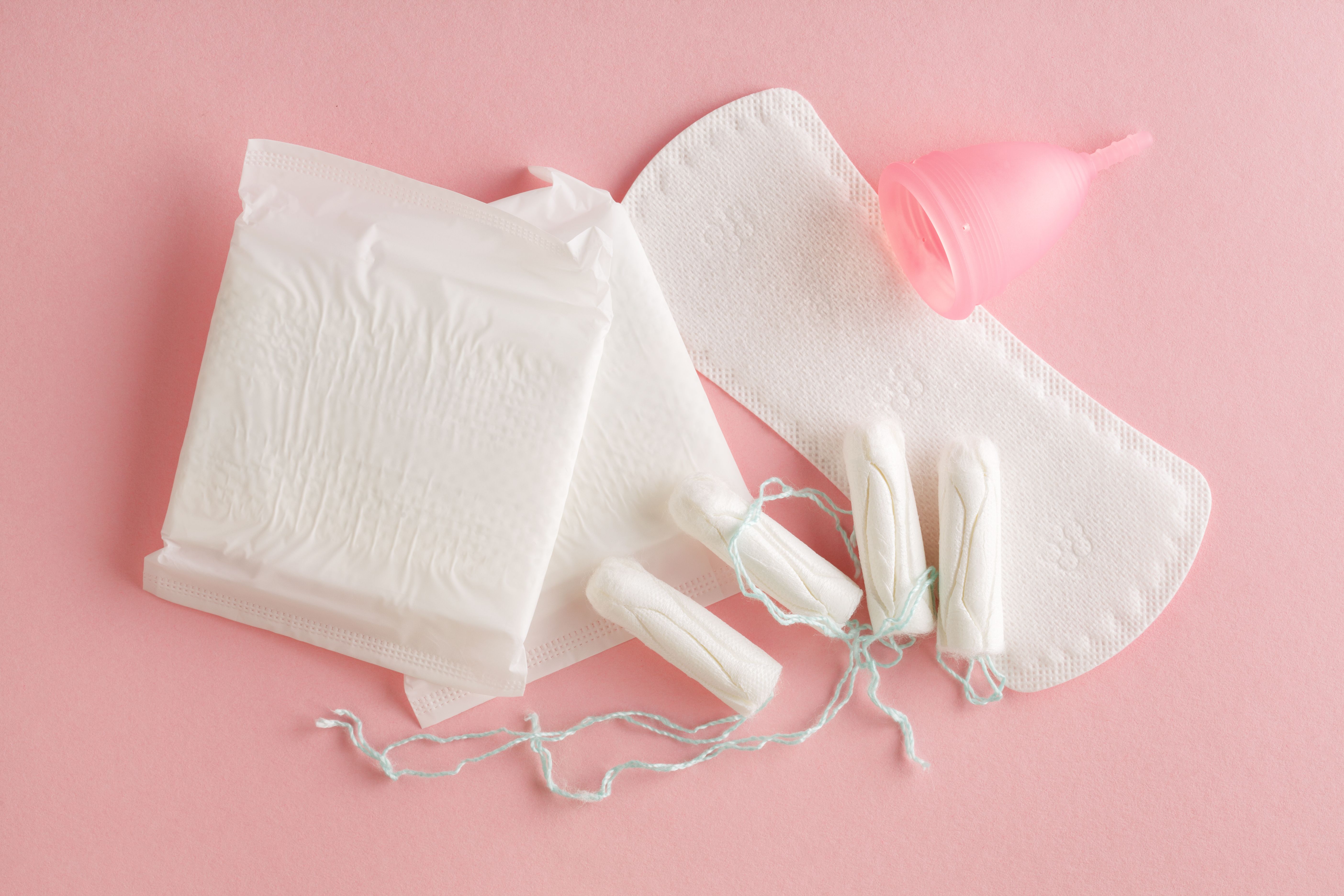Study reports period poverty in 1 in 3 adolescents
Research reveals that over a third of adolescents in pediatric emergency departments struggle with access to menstrual products, highlighting the need for improved public health measures.
Study reports period poverty in 1 in 3 adolescents | Image Credit: © zakalinka - © zakalinka - stock.adobe.com.

According to research presented at the 2024 American Academy of Pediatrics National Conference & Exhibition, 1 in 3 adolescents who have visited a pediatric emergency department reported difficulties accessing menstruation products.1
Meleah Boyle, PhD MPH, a staff scientist at Children's National Hospital
Rockville, Maryland, and co-senior author of the study—titled "Prevalence of Period Poverty in a Pediatric Emergency Department"—stated period poverty is a growing area of research in the United States, and for good reason.1
"Ensuring access to healthy and appropriate menstrual health products should be a public health priority," Boyle said in a press release.1
Background
Period poverty, defined as the lack of access to menstrual hygiene products and adequate menstrual education, affects an estimated 11.9 million females in the United States, including 25% of adolescents, according to the study. This issue may lead to various health problems, such as urinary tract infections and bacterial vaginosis, and can result in missed school or work, thereby disrupting education.2
The study objective was to assess the prevalence of period poverty among adolescents visiting a pediatric emergency department (ED) and evaluate its association with the Child Opportunity Index (COI), a measure of neighborhood opportunity based on census tract data.2
Study details and results
This study involved a secondary analysis of data collected through the Teen Health Screen, an electronic survey completed by adolescents aged 13-21 years, designed to improve the detection of sexually transmitted infections in the ED. Period poverty was defined by affirmative responses to 1 or both of the following questions:
1) “If you have had a period during the past 12 months, did you ever have to use something other than a pad or tampon, such as cloths, rags, tissues, or toilet paper?”
2) “Did you need menstrual products but not have the money to buy them?”2
The prevalence of period poverty was calculated, and multivariable logistic regression models were used to examine the association between period poverty and COI. Secondary analyses explored the relationships between period poverty, insurance status, and race and ethnicity.2
As of the current phase of the study, which is ongoing, 678 participants met the inclusion criteria. The mean age of participants was 15.9 (±2.1) years, with the majority identifying as non-Hispanic (NH) Black (n=479, 70.6%), publicly insured (n=494, 72.9%), and residing in areas with very low COI (n=507, 74.8%).2
Over one-third of participants (n=236, 34.8%) reported experiencing period poverty in the past 12 months. In separate multivariable models adjusted for age, there were no significant differences in the prevalence of period poverty by COI, insurance status, or race and ethnicity.2
"Our study highlights the widespread nature of period poverty and the need for broad actions—both locally and nationally—to increase the affordability and accessibility of these products for youth," said Boyle in a press release.1
Conclusion
One in 3 adolescent participants in this study reported experiencing period poverty within the past year. No significant associations were found between period poverty and COI, insurance status, or race and ethnicity. These findings suggest that period poverty is a widespread issue, not confined to specific socioeconomic or racial/ethnic groups.2
Further research is needed to fully understand the extent of period poverty among adolescents. To address this inequity, it is recommended that free menstrual hygiene products be made available in ED bathrooms and during healthcare visits. Additionally, policy initiatives, such as removing taxes on menstrual products and providing free menstrual supplies in public spaces like schools, should be considered to improve access to menstrual hygiene products.2
This article was published by our sister publication Contemporary Pediatrics.
References:
1. Period poverty research finds 1 in 3 teens lack access to menstruation products. American Academy of Pediatrics. Press release. September 27, 2024. Accessed September 28, 2024. https://www.eurekalert.org/news-releases/1058466
2. Prevalence of Period Poverty in a Pediatric Emergency Department. Abstract. Abstract. Presented at: 2024 American Academy of Pediatrics National Conference & Exhibition. September 27-October 1, 2024, in Orlando, Florida.
Study links COVID-19 infection to higher low birthweight and preterm birth rates
March 24th 2025A new study found that pregnant women infected with COVID-19, especially in the third trimester or with severe symptoms, faced higher risks of preterm birth, low birthweight, and neonatal intensive care unit admission.
Read More
Expression of mRNA linked to fetal death risk
March 18th 2025A recent study reveals significantly elevated placental interleukin 6 and vascular endothelial growth factor receptor 2 messenger RNA expression in fetal death cases, highlighting inflammation and impaired fetal protection mechanisms.
Read More
